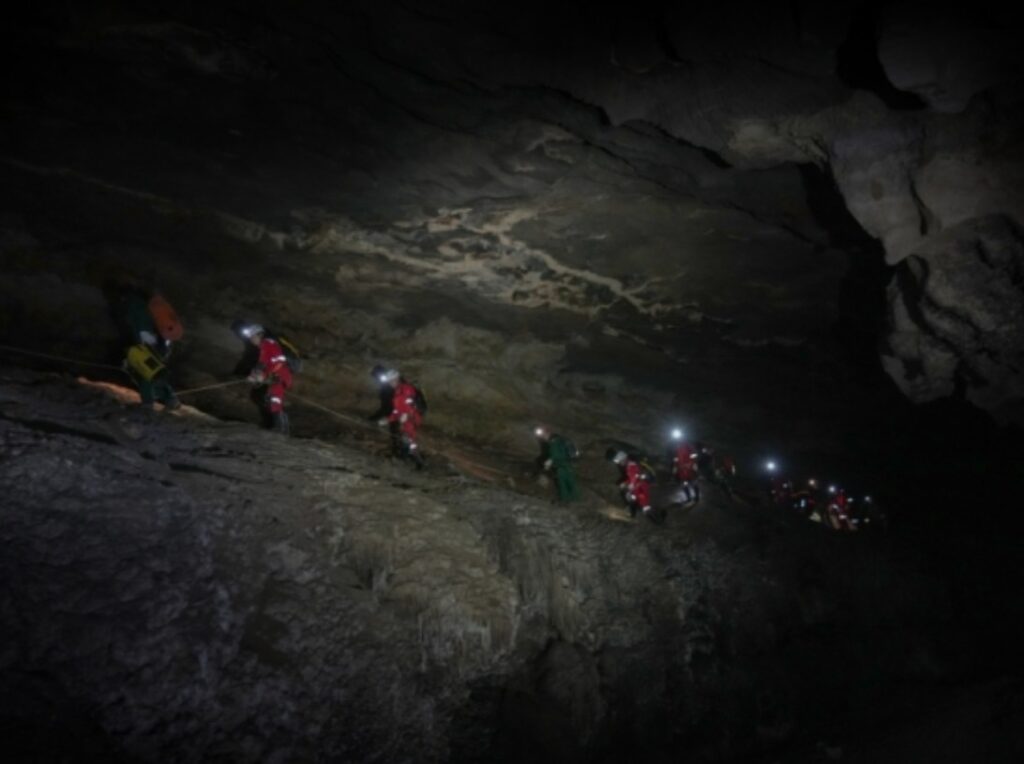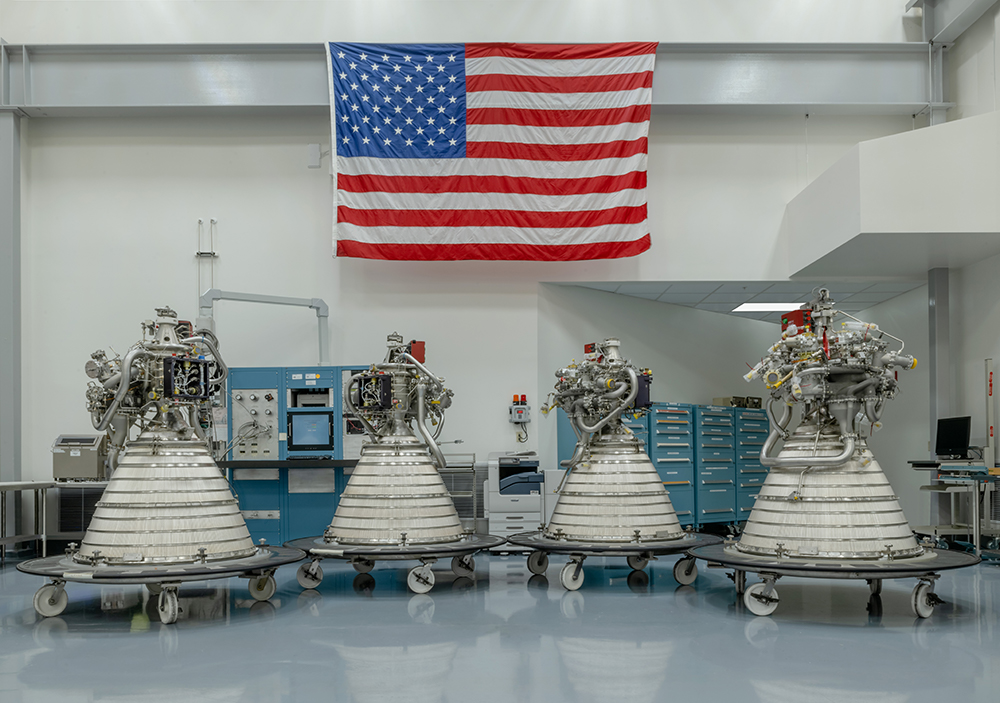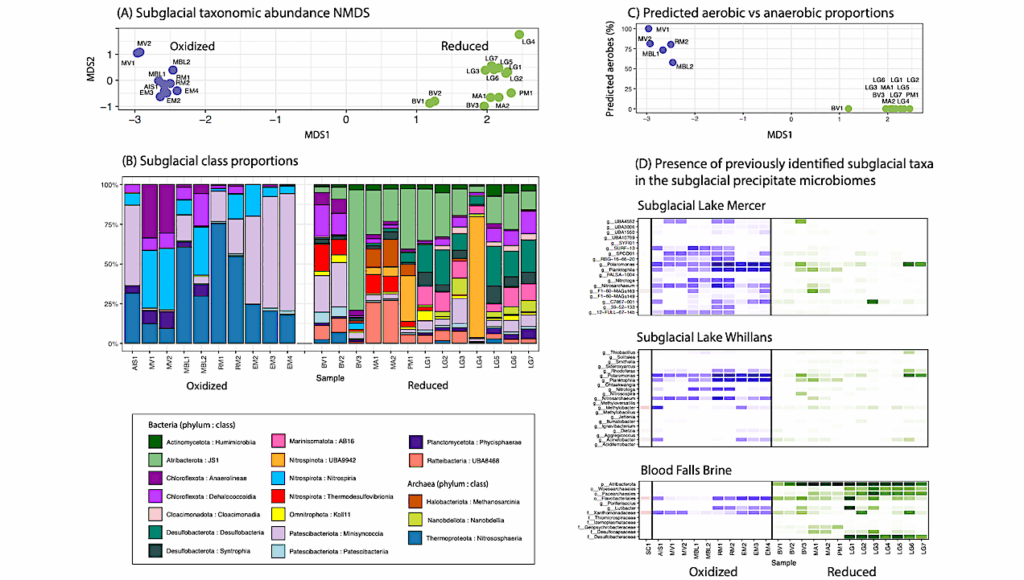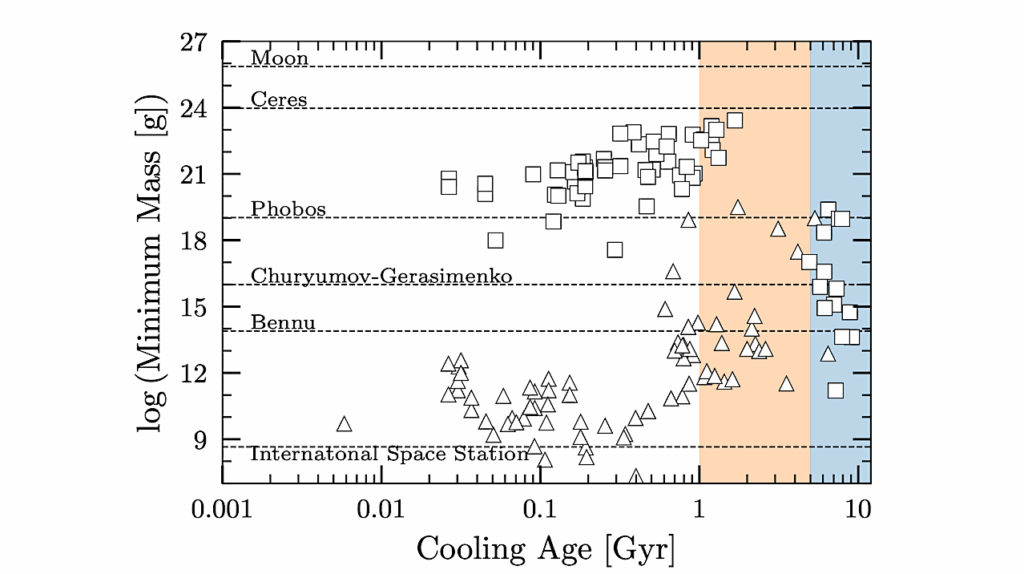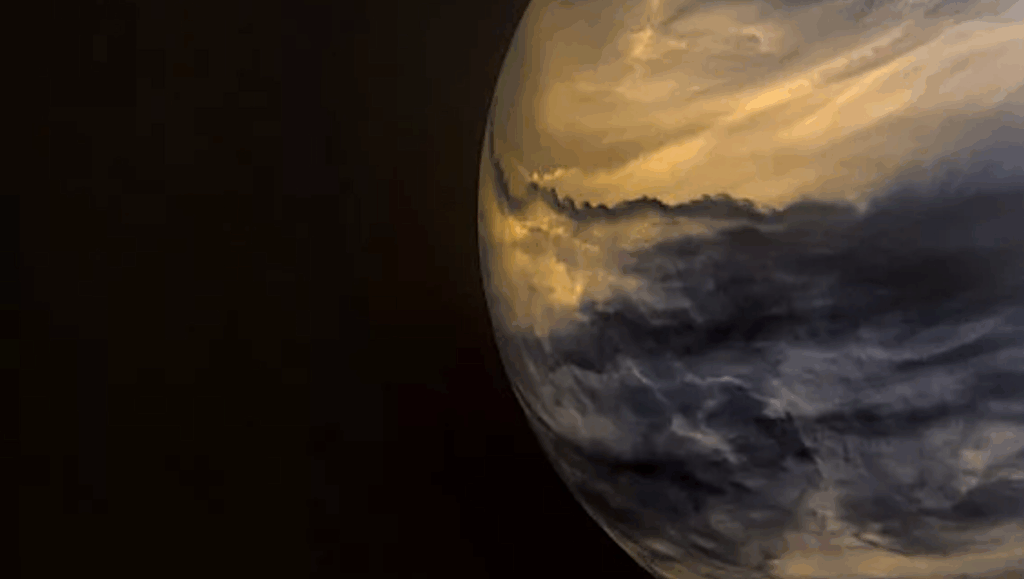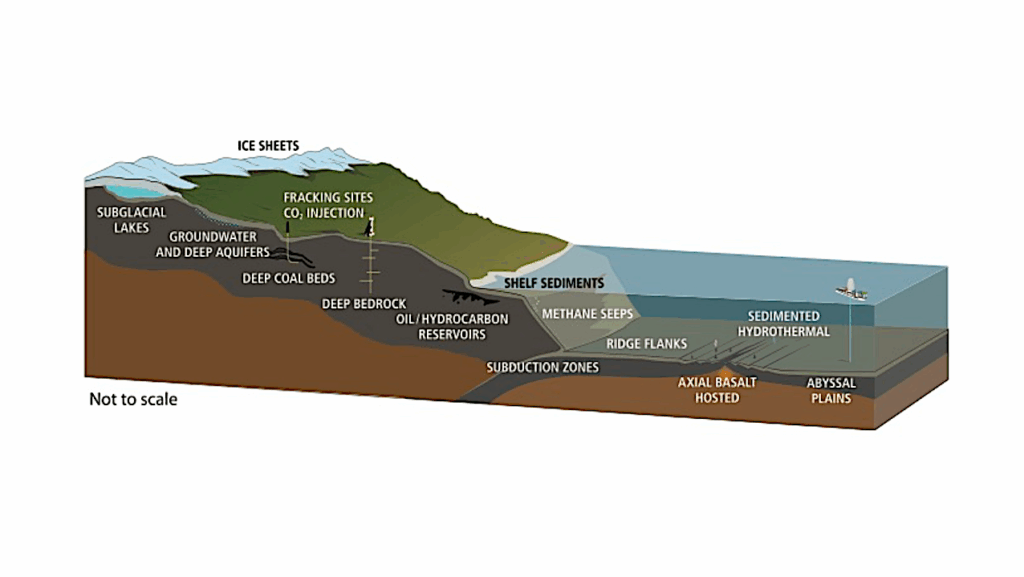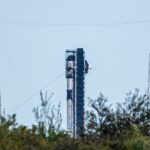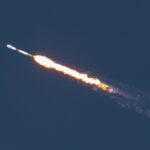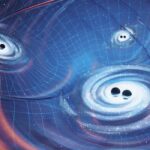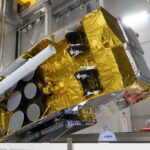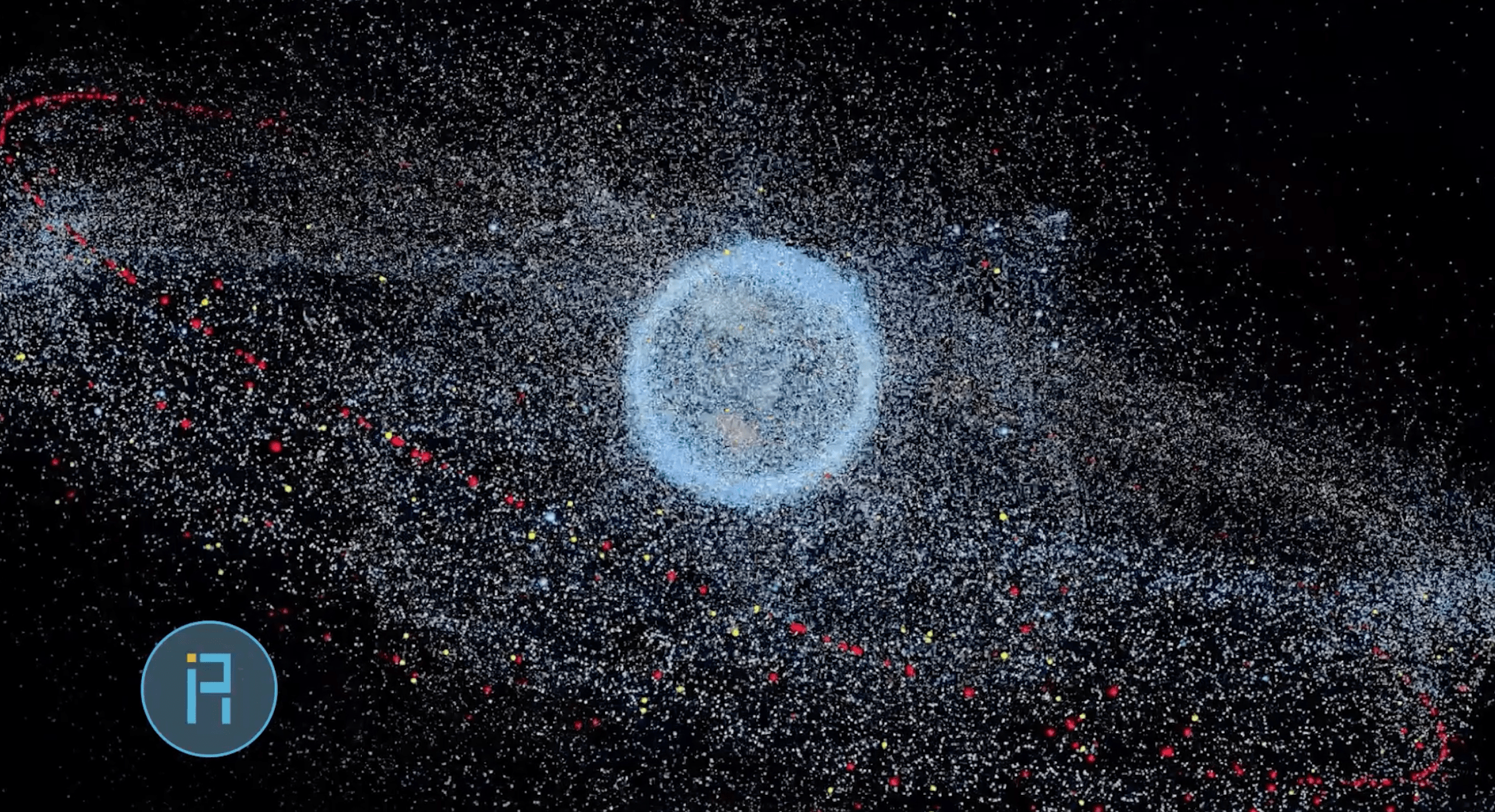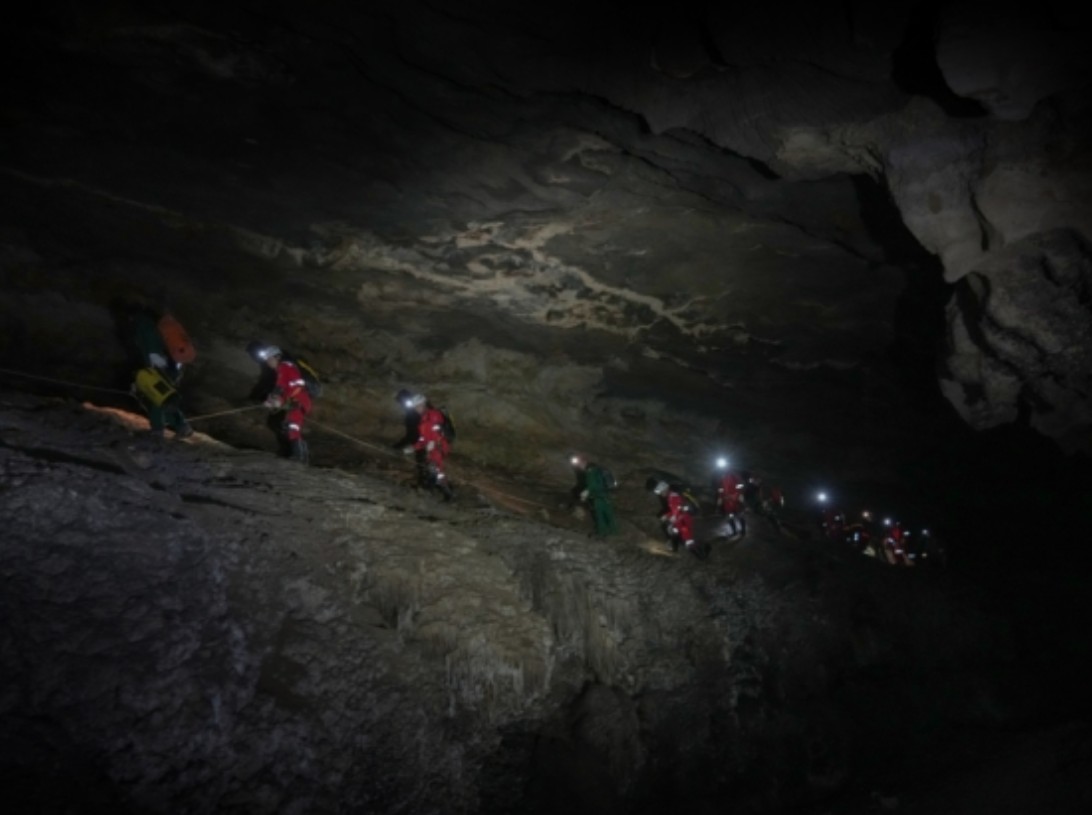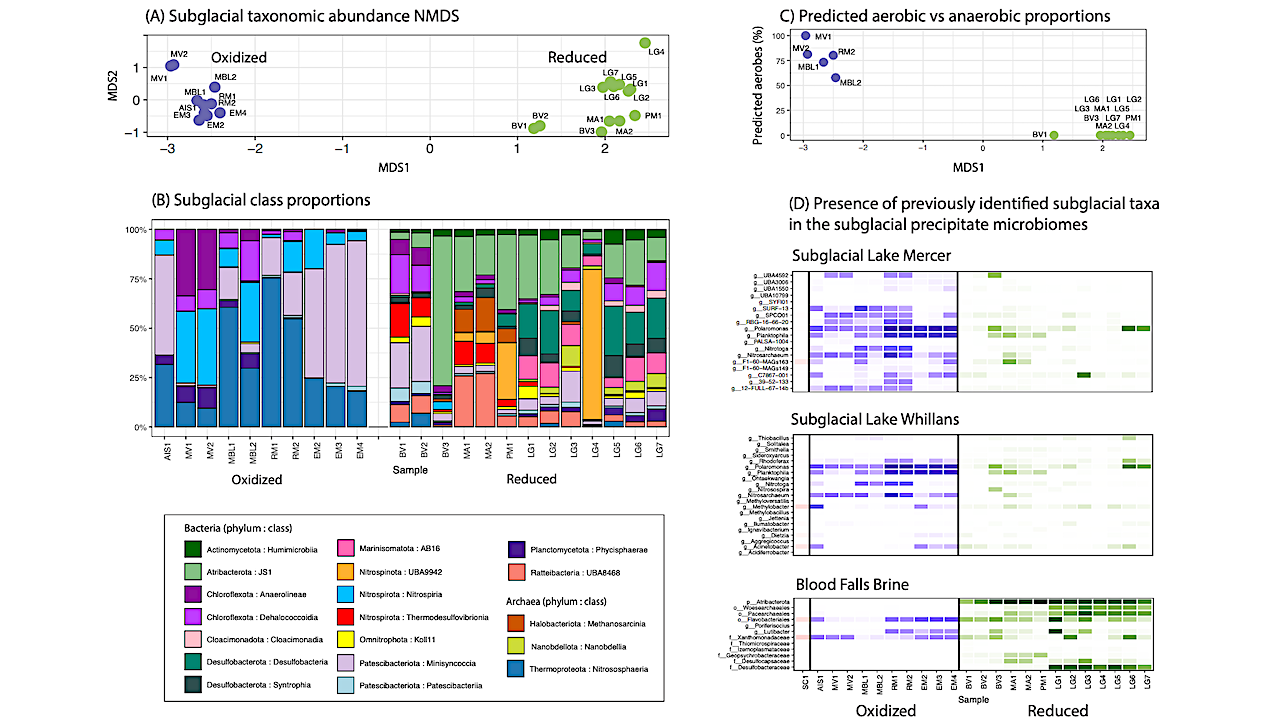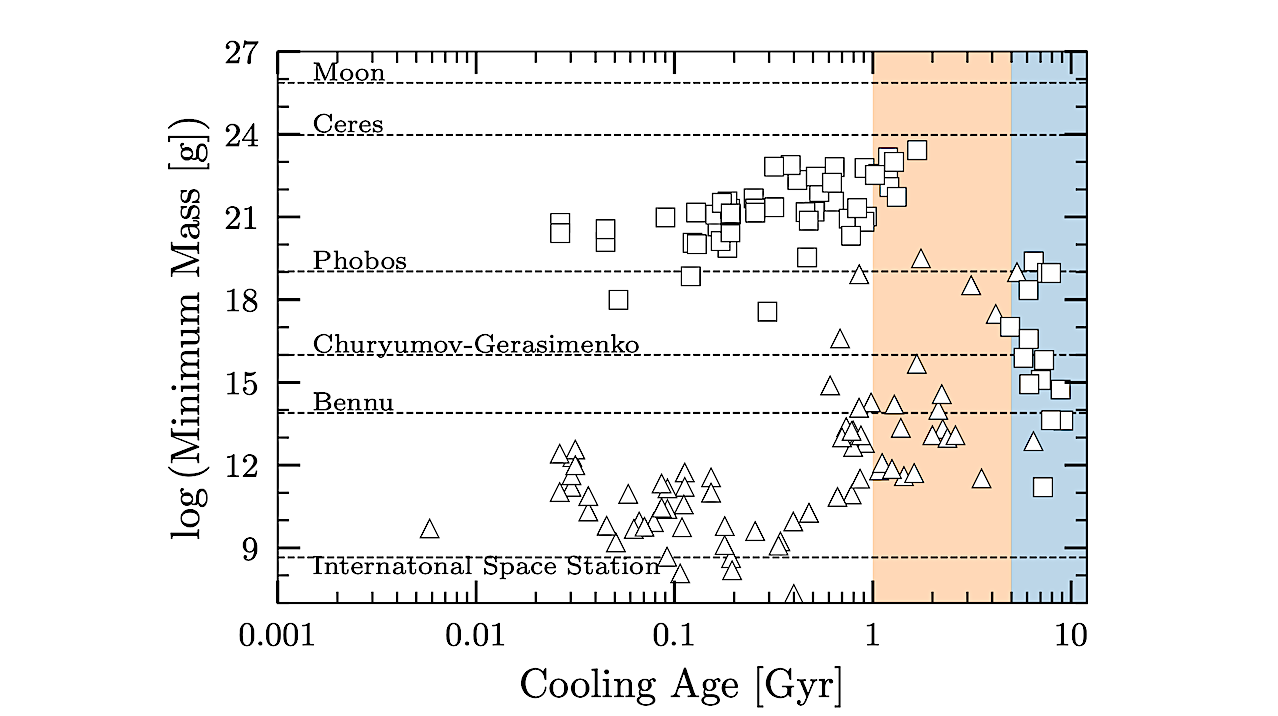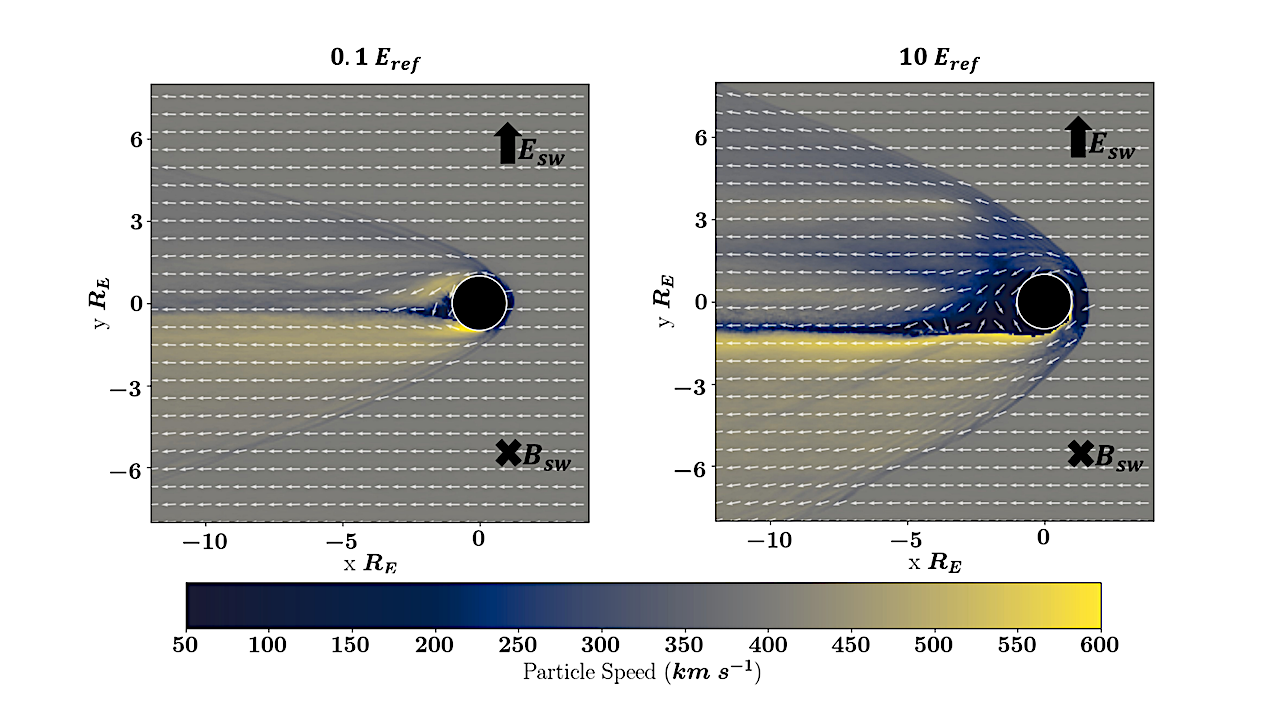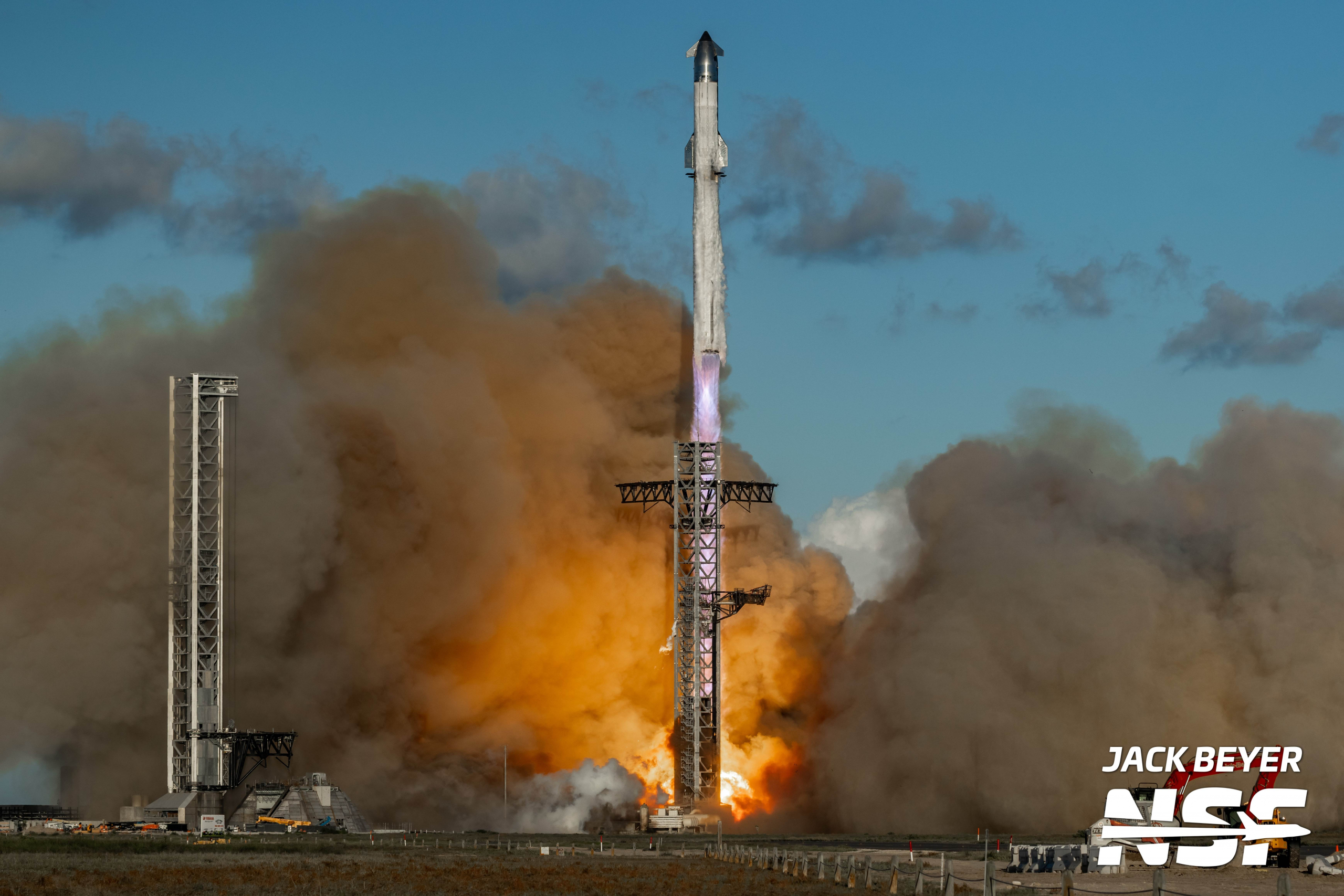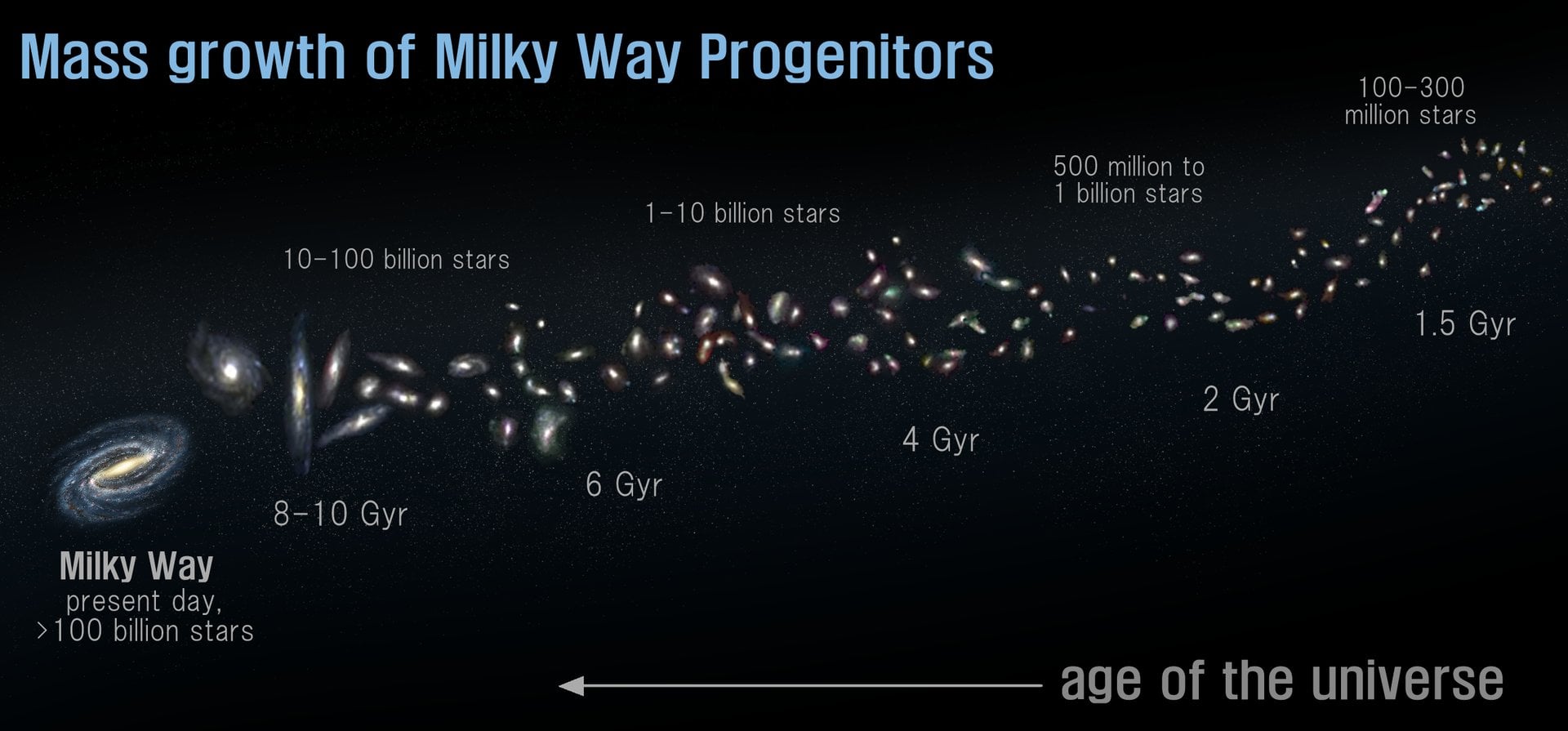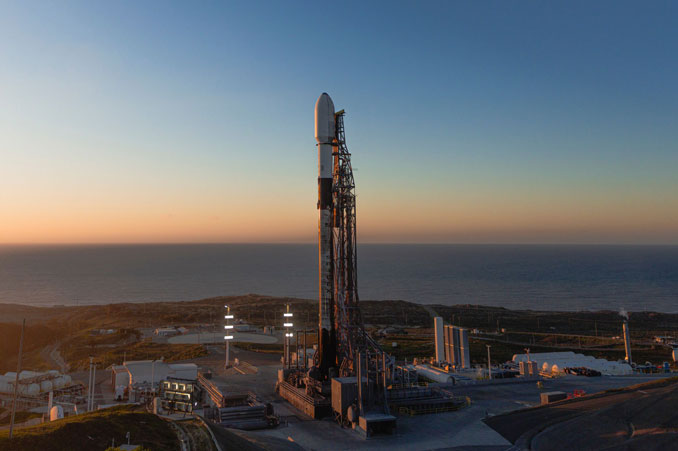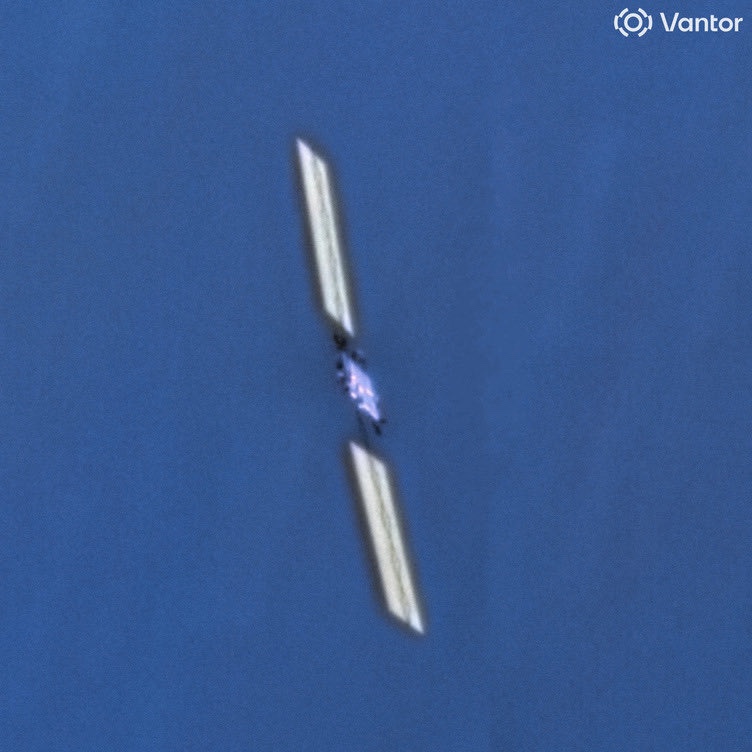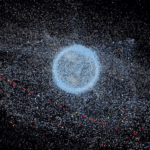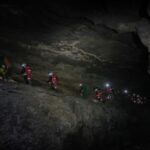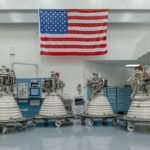Snapshots in the xy plane from the 0.1Eref (left) and 10Eref (right) simulation runs. Each snapshot is taken from the end of the run when steady-state has been achieved. The
Michael Thelen of JPL’s Exploration Systems Office discusses the newly inaugurated Rover Operations Center in JPL’s historic Space Flight Operations Facility on Dec. 10. Credit: NASA/JPL-Caltech NASA’s Jet Propulsion Laboratory
Using the Anglo-Australian Telescope (AAT), astronomers have observed a nearby galactic globular cluster known as NGC 6569. Results of the observational campaign, published December 22 on the arXiv preprint server,
SpaceX’s Starship program experienced a pivotal year in 2025, completing five full-stack test flights, though only two achieved successful landing outcomes. The company also made significant advancements in establishing its
SAN FRANCISCO – Eartheye Space will pool data from hundreds of Earth-observation satellites to provide imagery and data to a customer in the Asia-Pacific region. “All Earth observation sensors, including
A team of Canadian astronomers has used Webb’s observations of “Milky Way twins” in the early Universe to learn more about our galaxy’s turbulent youth.
IRVINE, CA, Jan. 2, 2025 – Terran Orbital, a leading manufacturer of small satellites primarily serving the aerospace and defense industries, announced today that it has been selected by Lockheed
The Cosmo-SkyMed Second Generation Flight Model 3 spacecraft is pictured prior to being encapsulated within a pair of SpaceX’s Falcon 9 payload fairings. Image: SpaceX SpaceX is ringing in the
WASHINGTON — SpaceX plans to lower the orbits of some of its Starlink satellites, a move the company says is intended to improve space safety following two recent incidents. In
While most planets that we are familiar with stick relatively close to their host star in a predictable orbit, some planets seem to have been knocked out of their orbits,
-
 01From Polymerization-Enabled Folding and Assembly to Chemical Evolution: Key Processes for Emergence of Functional Polymers in the Origin of Life
01From Polymerization-Enabled Folding and Assembly to Chemical Evolution: Key Processes for Emergence of Functional Polymers in the Origin of Life -
 02Two Black Holes Observed Circling Each Other for the First Time
02Two Black Holes Observed Circling Each Other for the First Time -
 03How New NASA, India Earth Satellite NISAR Will See Earth
03How New NASA, India Earth Satellite NISAR Will See Earth -
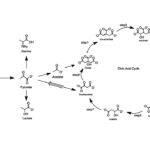 04Thermodynamic Constraints On The Citric Acid Cycle And Related Reactions In Ocean World Interiors
04Thermodynamic Constraints On The Citric Acid Cycle And Related Reactions In Ocean World Interiors -
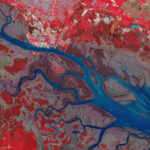 05Φsat-2 begins science phase for AI Earth images
05Φsat-2 begins science phase for AI Earth images -
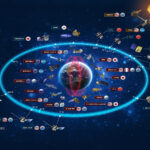 06Hurricane forecasters are losing 3 key satellites ahead of peak storm season − a meteorologist explains why it matters
06Hurricane forecasters are losing 3 key satellites ahead of peak storm season − a meteorologist explains why it matters -
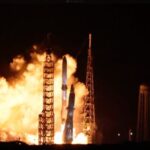 07U.S. Space Force awards $13.7 billion in new national security launch contracts to Blue Origin, SpaceX and ULA
07U.S. Space Force awards $13.7 billion in new national security launch contracts to Blue Origin, SpaceX and ULA


